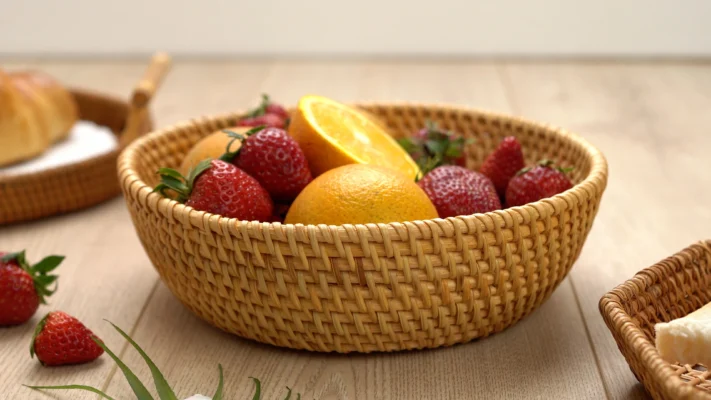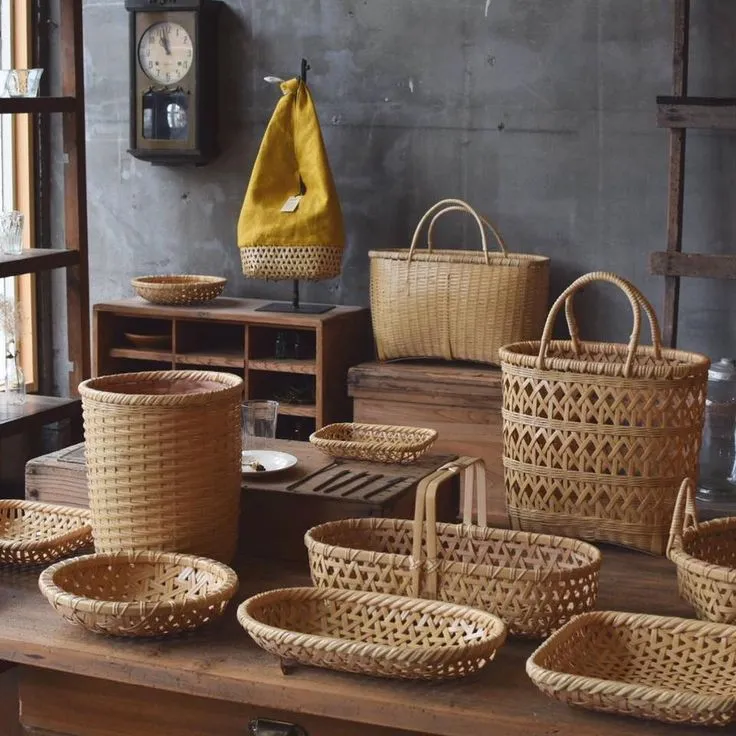Blog
The Green Gold Rush: Why the Market for Bamboo & Rattan Is Booming
In a world increasingly focused on sustainability, consumers are actively shifting their preferences. The “eco-friendly” label is no longer a niche interest; it’s a powerful market driver. Nowhere is this trend more visible than in the home decors and furnishings sector, where natural materials like bamboo and rattan are rapidly becoming the new “gold.”
This isn’t just a feeling; it’s a statistical fact. The global market for bamboo and its related products is experiencing a massive surge, built on the material’s sustainable, durable, and highly aesthetic properties.

Following the Numbers: A Market on the Rise

A recent report by Grand View Research paints a clear picture of this green revolution. The global bamboos market was valued at an astonishing USD 67.13 billion in 2024. And it’s not slowing down. Projections show the market is expected to climb to USD 88.44 billion by 2030, growing at a steady CAGR of 4.7%.
What’s fueling this growth? The single biggest factor is a rising consumer awareness and demand for products that are sustainable, eco-friendly, and durable. People are consciously moving away from plastics and mass-produced synthetics, seeking items that tell a story and have a minimal impact on the planet.
The Asia Pacific region stands at the heart of this industry, dominating the market with a massive 79.0% share in 2024. This region is not only a primary source of the raw materials but also a hub of the incredible craftsmanship that transforms them into beautiful goods.
More Than a Material: A Lifestyle Choice

While industrial applications for bamboo hold a large part of the market, the report highlights a powerful trend in the furniture and home goods segment.
Consumers are increasingly drawn to the “high aesthetic appeal” of these natural materials. There is a surging global demand for woven and crocheted items, driven by a desire for luxurious, natural, and elegant interior designs.
This is where bamboo and rattan handicrafts truly shine. They are the perfect blend of modern sustainability and timeless, rustic charm. They bring a piece of nature indoors, adding warmth, texture, and a sense of calm to any space.
For example, the simple elegance of a handwoven, fine-weave serving tray can elevate a simple morning coffee into a mindful ritual. The versatility of these materials means they can be crafted into unique shapes, like a long, rectangular piece perfect for a dining table centerpiece or a console display.
It’s this blend of beauty and practicality that consumers crave. They are looking for items like a sturdy tray with built-in handles, which is as functional for serving guests as it is beautiful for organizing a living room. Even designs with soft, rounded edges are finding their place, offering an organic, gentle aesthetic that complements any decors.
The Future is Handcrafted and Sustainable

The market data is clear: the future is green, and it’s beautifully handcrafted. The shift to bamboo and rattan is more than a fleeting trend; it’s a fundamental change in consumer values.
By choosing these eco-friendly products, shoppers are not just decorating their homes. They are making a conscious choice to support sustainable materials, honor traditional craftsmanship, and invest in a healthier planet.

